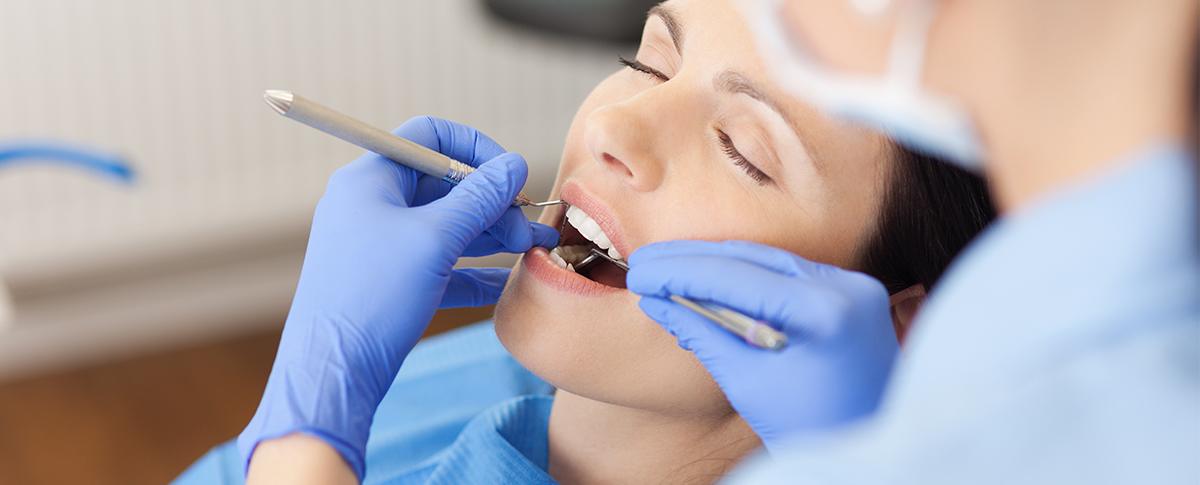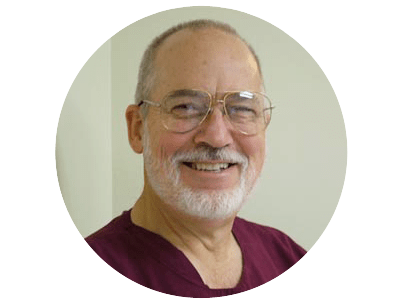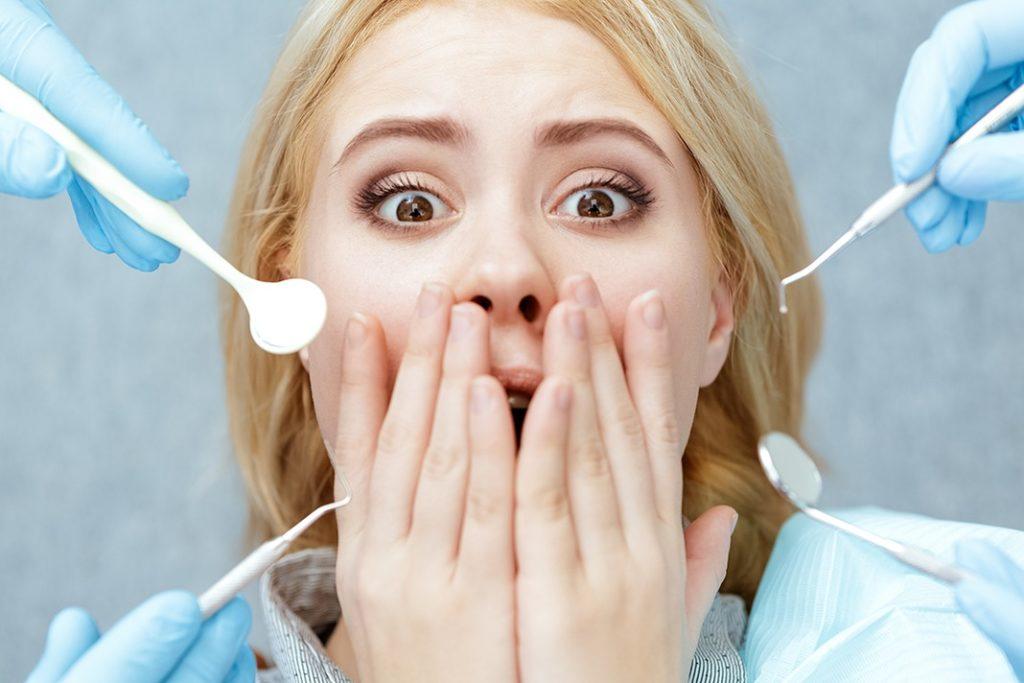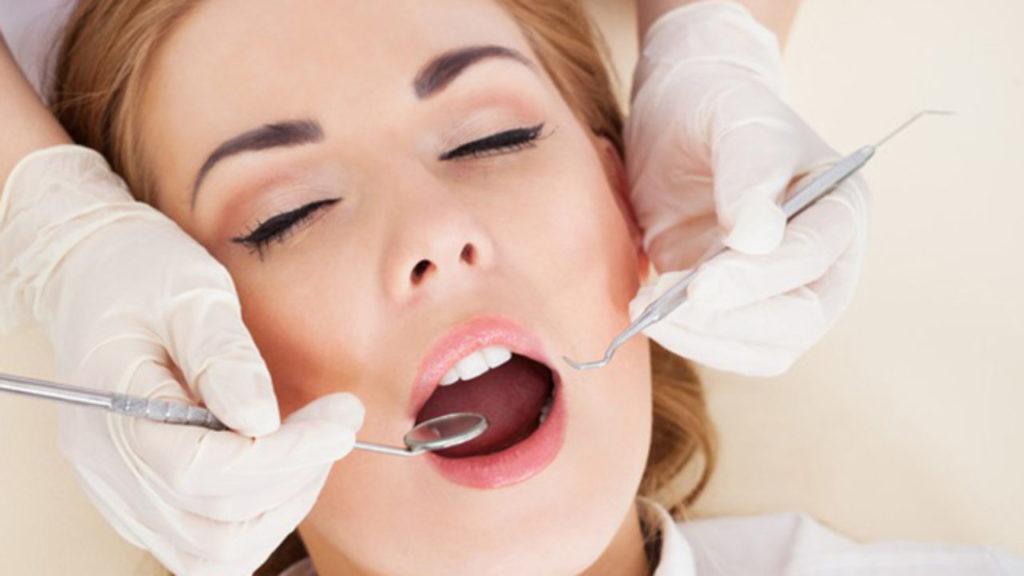
Afraid of the Dentist?
Sedation Dentistry Can Help You.
By Dr. Steven Curry Sedation Dentistry

If you are one of the millions of people who’d rather do anything except get a root canal or filling, you are not alone. Over 40% of the general population report some level of anxiety and fear associated with dentist visits: a condition called dental phobia. It’s so common, that it’s time to take the shame and embarrassment out of this malady and examine it for what it is– a fairly common type of stress that 4 out of 10 people will experience in their lifetime.
Being afraid to go to the dentist has many negative health consequences. Here are a few problems that can happen when patients completely avoid dental treatment:
- Inflammatory Heart and Cardiovascular Disease. See: “Will Taking Care of My Teeth Help Prevent Heart Disease?”, article by the Mayo Clinic (2019), mayoclinic.org/healthy- lifestyle/adult-health/expert-answers/heart-disease-prevention/faq-20057986
- Heart Disease. We suggest: “Hidden Tooth Infections Increase Heart Risk by Almost Three Times”, published by UPMC of Western Maryland (2018), wmhs.com/hidden-tooth-infections- increase-heart-disease-risk-almost-three-times/
- Lung Disease. Here is an interesting patient education article by the American Thoracic Society (2019),thoracic.org/patients/patient-resources/resources/dental-health.pdf
- Increased Damage Associated with Liver Infections
- Elevated Risk of Rejection of Transplanted Organs
- Complications Associated with Diabetes
Dental fear by itself isn’t the only reason someone avoids getting their much-needed dental treatments. It’s how the anxiety makes them feel. With dental phobia, patients experience whatever the Sympathetic Nervous System (good ol’ “Fight or Flight”) can throw at them. Think everything from sweaty palms and a “heart beating out of control” sensation to full-blown panic attacks. The extremely violent responses strike whenever the individual enters, or thinks about entering, the dental domain.

Having this sort of fear means your nervous system has literally been highjacked by an amped-up stress response. Making matters worse, the fearful patient can’t control the sense of panic. What happens in the dental chair is similar chemically to what our bodies experience when we are running from a man-eating predator or evade some other, life threatening danger.
Generally, these responses are the result of a long-ago, frightening and traumatic event at a dentist’s office. Yet, in a smaller percentage of cases, no primary event can be identified: the fear seems to have occurred spontaneously without a known cause. It is thought the “don’t know why I’m afraid” patients may also have been exposed to a lesser, frightening event; however this subgroup exhibits a different response. These individuals try to remain positive and cope with the fear by suppressing the memory of their uncomfortable dental episode. It is thought this is done because the suppression people are almost universally pleasant individuals who wish to be viewed as “good patients” by their dentist. The fear is sublimated; not gone.
With both groups of dental phobics, a major component seems to be a feeling of total helplessness in the dental environment, combined with a belief that their fear or pain will either be disbelieved or ignored by the treating dentist and staff.
These fears root deeply into the subconscious mind and become a part of the emotional landscape, sending up danger signals any time “dentist” is mentioned.
Dental phobia, like any other fear attached to the emotional component of the brain, is relatively complex. Because offices and modes of treatment vary, it is very important for anxious patients to seek out a dental professional who is essentially “tuned in” to their specific problem. Caring for fearful and anxious patients requires specialized approaches and specialized knowledge. This often involves multiple methods of treating frightened patients, since each case must be thoroughly evaluated and treated individually.
Treating frightened patients isn’t recognized as a dental specialty, but it probably should be. The complexity involved in their treatment requires a specific knowledge-set and a calm and reassuring chair side manner. In many ways, they should be approached exactly like a PTSD patient, with whom they share many characteristics.
What are some Methods Used to Treat Frightened Patients?
In the past, a lot of research at Dental and Medical schools centered on how to help patients overcome dental fear. Since the public is greatly impacted by the health issues that arise from untreated dental infections, government grants were awarded to try to understand the role that fear plays in treatment avoidance.

Some models advocated experimental drug therapies combined with psychological therapy sessions, attempting to gradually reduce dental anxiety through psychotherapy. Other methods exposed fearful patients to more and more dental experiences that were evaluated by the patients as positive ones (Exposure Therapy), in an effort to reduce their fearfulness through habituation to the feared stimulus: basically a “wearing down” of the fear through many repetitive exposures to dental visits.
These approaches, though promising, had mixed results. Sometimes they worked, but getting dental phobic people to try unpleasant methods and systems proved difficult-to-nearly-impossible. The fly in the ointment was this: people who avoid dental experiences don’t seem to want to be exposed to treatment that involves lots of dental experiences.
Other researchers have explored biofeedback or self-calming disciplines like meditation, yoga, positive ideation (thinking restful, pleasant, happy thoughts), and acupuncture therapy. These methods help by blocking impulses in the nervous system that produce stress chemicals, which feed dental fear. This group of strategies was more successful, and was more positively received by fearful patients, than psychotherapy or exposure therapy. The problem was, this approach alone was not enough to reduce patient fear to the level required to be able to complete dental treatment. Though inadequate singly, these modalities can be successful when combined in some form or another with the last category of dental fear treatment options: Sedation Dentistry.
Sedation Dentistry is the use of various agents, such as premedication– sometimes called oral sedation– either used on its own, or in combination with nitrous oxide and oxygen and/or stronger medications delivered through an I.V. line.
Those who fear the dental office will be glad to know that Sedation Dentistry is available for every level of their care: fillings, root canals, surgery, implants; basically whatever a patient might need. It’s not reserved for oral surgery only, anymore.

Sedation Dentistry has been nothing short of a miracle worker for those who are truly afraid of dental visits. It uses a variety of disciplines and agents, as needed, to reduce anxiety and fear– allowing patients to feel comfortable, calm and relaxed.
Prior to treatment, frightened patients are carefully evaluated to determine the scope, depth and level of their fear, as well as pinpointing which level of Sedation Dentistry is needed.
For the majority, there is some level of napping that occurs during their appointment. (Yes, really. They nap during a root canal. They rest during a surgery.)
As a bonus, time passes quickly during dental appointments with sedation. Patients often comment: “Oh, we’re done already? Are you sure?”
Some Additional Pointers to Help Anyone Who Is Afraid of the Dentist:
– Tip #1: Remember, if you are afraid of the dentist, you are not alone. You’re normal; but how you receive dental treatment must be, by necessity, different from the other 60% who don’t experience dental stress. Look for a dentist whose practice places an emphasis on treating fearful people. Ask around: find the dental office that has become established as being able to compassionately care for patients who are afraid.
Often, dentists in an area will identify certain of their colleagues as being successful in treating anxious patients. When one of their patients can’t tolerate dental work in a regular dental setting, dentists will refer these nervous patients to that practitioner who is more in tune with the fearful patient base. Ask where respected local dentists send their patients to– and make an appointment with that office.
– Tip #2: If you are really afraid of dental visits, oral sedation (premedication) with a sedative agent alone probably won’t be enough to help you become comfortable–or stay comfortable– in the dental chair. Frankly, it’s like shooting a moose with a BB gun. All it does is take the edge off the fear, leaving the anxiety exposed, but with no help in the comfort department. This is the white-knuckle-death-grip-on-the-dental-chair scenario that everyone wants to avoid at all cost.
Most people who are anxious in the dental office should– at a minimum— receive a higher level of sedation than one sedative pill prior to their appointment. Look for a dental office that offers an expanded menu of sedation choices. This is a case of: “it’s better to have the option… and not need it, than need it… and not have it.”
– Tip #3: When going to an office that offers multiple levels of sedation services, drop all shame and embarrassment about dental fear at the door. Your dentist will not think you are weak, a coward, crazy, or that you should “suck it up, buttercup”. You won’t be punished, nor will anyone in the office think less of you because you are afraid.
Sedation Dentists understand dental fear and what causes it, so they will be sympathetic and offer positive affirmations and emotional support to help their fearful patients feel safe, protected and accepted.
Copyright 2020 by Dr. Steven Curry Sedation Dentistry

